| |
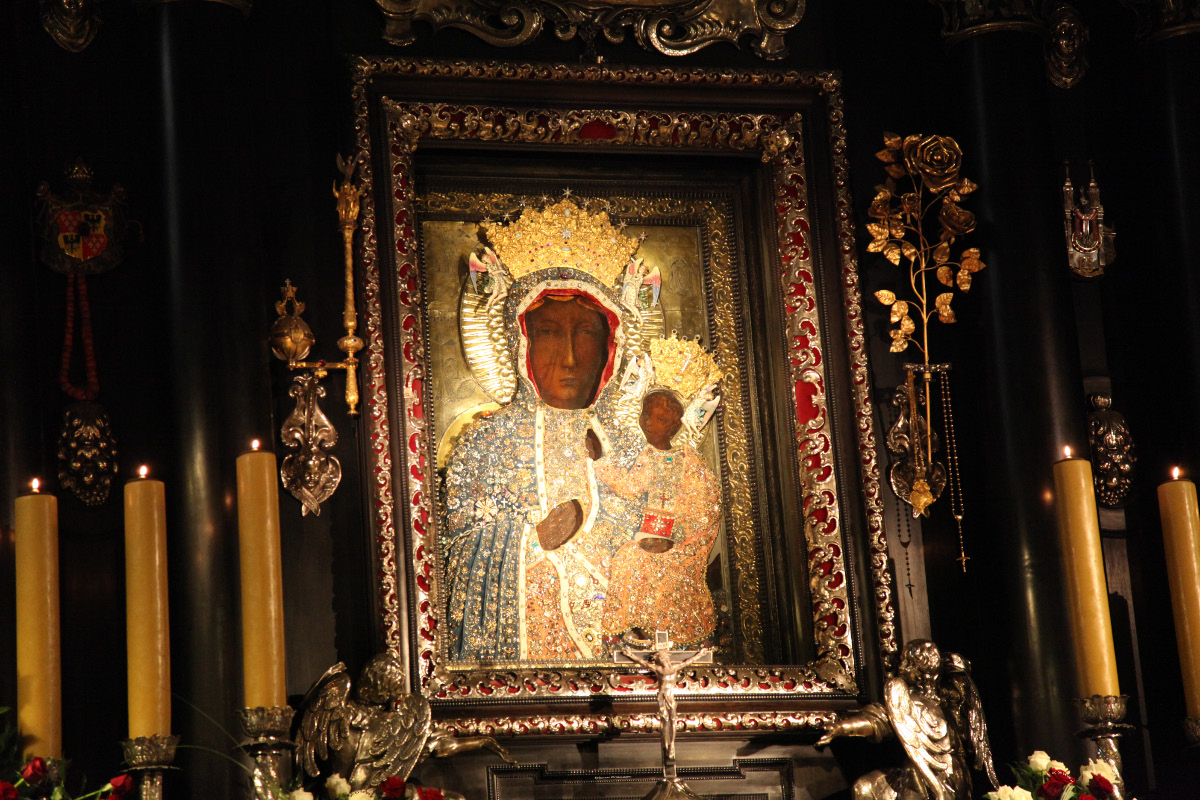 |
|
| |
|
|
| |
Matka Boska Częstochowska |
|
| |
|
|
| |
Ὁδηγήτρια – Hodegetria – Hodigitria – wskazująca na Chrystusa – Одигитрия – Указующая Путь – She who shows the Way |
|
| |
Głównym celem niniejszej strony jest dostarczanie i rozpowszechnianie informacji dotyczących filmu United European Christendom — Heal the Schism Now (Zjednoczone Europejskie Chrześcijaństwo – Czas Zakończyć Schizmę). Głównym celem filmu zaś jest udział w ponownym zjednoczeniu Kościoła prawosławnego i rzymskokatolickiego oraz utworzeniu, czy też odbudowaniu, silniejszej cywilizacyjnej wspólnoty i integralności w świecie chrześcijańskim, począwszy od chrześcijaństwa europejskiego.
Film kierowany jest do wspólnoty chrześcijańskich wiernych. W istocie Zjednoczone Europejskie Chrześcijaństwo – Czas Zakończyć Schizmę to raczej dwa filmy, niż dwie części jednego filmu, jako że oba tematy są tak bardzo od siebie odległe. Pierwszy temat, europejskie chrześcijaństwo, jest niezmiernie ważny. Temat drugi, Kościół, jest nieporównywalnie ważniejszy. Nie można oczekiwać, że nie pojawią się pozorne sprzeczności w rozumieniu, jak chrześcijańscy wierni powinni postępować w powyższych kwestiach.
Część pierwsza, nazwijmy ją pierwszym filmem, podejmuje próbę rozprawienia się z teologicznymi, eklezjologicznymi i innymi kwestiami, wiążącymi się z rozłamem Kościoła w V wieku oraz, szczególniej, z Wielką Schizmą, umownie datowaną na 1054 r., która kształtowała się pomiędzy IX a początkiem XIII wieku i później. Biorąc pod uwagę podejmowane kwestie, dotyczące naszych usilnych prób zrozumienia intencji Boga względem Jego Kościoła, dysputy te nie mogą być postrzegane jako niepoważne. Ze względu na wspólne dla wszystkich chrześcijan rozumienie Boskiego przykazania takiej jedności, nade wszystko odzwierciedlone w Piśmie Świętym (reprodukcja znajduje się na niniejszej stronie), dysputy te nie mogą by postrzegane jako niemożliwe do rozstrzygnięcia.
Obecne realia, jak również dzieła wybitnych myślicieli w tej dziedzinie, a także dialogi i programy wyższych hierarchów Kościoła, sugerują, że ponowne zjednoczenie wspólnoty jest możliwe pomiędzy „Kościołami Tradycji”, tzn. tymi, które zachowały sakramenty – przed wszystkim Eucharystię – oraz sukcesję apostolską, a także prawomocne święcenia kapłańskie. Są to (w porządku rosnącym pod względem liczby wiernych w danej wspólnocie): (1) orientalne Kościoły prawosławne; (2) Kościoły prawosławne, będące we wspólnocie z ekumenicznym patriarchą Konstantynopola; oraz (3) Kościół rzymskokatolicki. Do tej powszechnie uzgodnionej listy autor niniejszego filmu dodaje czwartą grupę. Podczas gdy oficjalnie oba Kościoły, prawosławny i katolicki, zajmują się Kościołami z tego podziału, nie zajmując się nimi, w miarę możliwości wręcz ignorując ich istnienie, ową czwartą grupę można określić jako te Kościoły prawosławne wywodzące się z liturgicznej tradycji bizantyjsko-słowiańskiej, które nie pozostają we wspólnocie z ekumenicznym patriarchą Konstantynopola. Ukraiński Kościół Prawosławny Patriarchatu Kijowskiego jest tylko najliczniejszym z ogromnej liczby Kościołów uwikłanych w ten eklezjologiczny bałagan.
Jakkolwiek istotni dla chrześcijaństwa są protestanci, ani powstanie protestantyzmu, ani niezliczone podziały wewnętrzne w Kościele zachodnim, które rozpoczęły się (z kilkoma niewielkimi wyjątkami) w XVI wieku, nie są przedmiotem pierwszego filmu. Stanowią one jednak istotną część historii przestawionej w „drugim” filmie.
Drugi film zaprasza widza do wzięcia udziału w cywilizacyjnej introspekcji, dotyczącej oceny skutków rozłamu chrześcijaństwa. Zasadniczo składa się on z serii studiów przypadku skutków schizmy. Zachęca także widza do zaangażowania się w pewne kompetentne spekulacje dotyczące dalszych losów chrześcijaństwa, zwłaszcza europejskiego chrześcijaństwa, w przypadku utrzymywania się rozłamu. Jakie jest Twoje zdanie o naszym dotychczasowym położeniu? Czy zmierzamy we właściwym kierunku?
To wspólnota wiernych ostatecznie zdecyduje, czy owo zjednoczenie Kościoła nastąpi czy jednak nie. Hierarchowie Kościoła pełnią wyznaczone im role. Nie są skłonni do podpisania wspólnej deklaracji czy konstytucji apostolskiej, czy jakichkolwiek innych dokumentów przywracających wspólnotę i jedność, a nawet gdyby byli, bez poparcia ze strony chrześcijańskich wiernych taka deklaracja upadłaby, tak jak to się stało w roku 1439… kiedy to największy kościół chrześcijaństwa stał się meczetem.
|
|
| |
|
|
|
|
| |
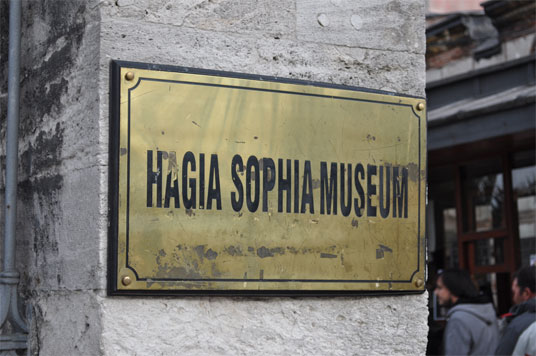 |
|
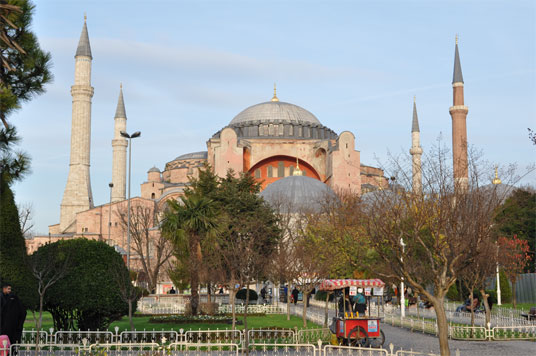 |
|
| |
|
|
|
|
| |
Musisz więc zdecydować. Czy chcesz tego zjednoczenia?
Rozważ, proszę, to pytanie ponownie po obejrzeniu filmu. |
|
| |
|
|
|
|
| |
„Podział jawnie sprzeciwia się woli Chrystusa, jest zgorszeniem dla świata, i przy tym szkodzi najświętszej sprawie przepowiadania Ewangelii wszelkiemu stworzeniu… Wierzyć w Chrystusa znaczy pragnąć jedności; pragnąć jedności znaczy pragnąć Kościoła; pragnąć Kościoła znaczy pragnąć komunii łaski, która odpowiada zamysłowi Ojca, powziętemu przed wszystkimi wiekami. Taki właśnie jest sens modlitwy Chrystusa: Ut unum sint”.
Jan Pawel II w swojej encyklice Ut unum sint z 1995 r.
„Mury, które nas dzielą, nie sięgają nieba”
Metropolita Kijowski Platon |
|
|
| |
|
|
|
|
| |
Człowiek proponuje |
|
Pan Bóg kule |
|
| |
|
|
|
|
| |
|
|
|
|
| |
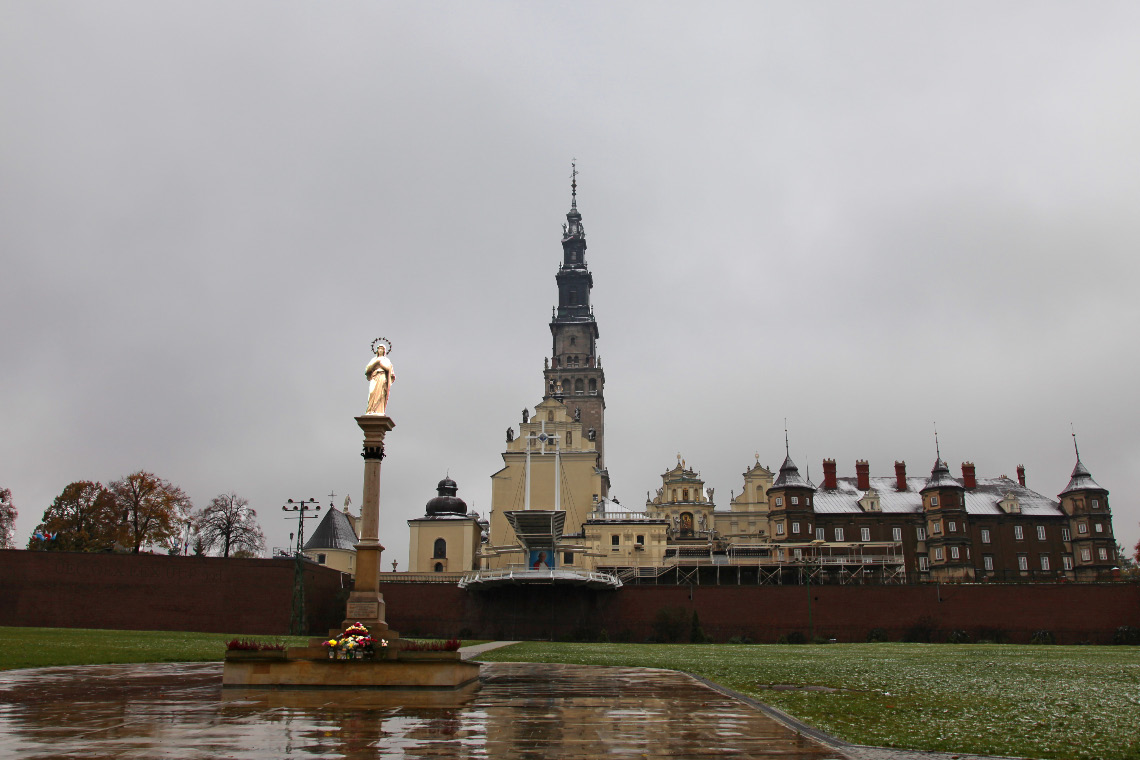 |
|
| |
Jasna Góra |
|
| |
|
|
| |
Clarus Mons – Luminous Mount – Monte Chiaro – Ясная Гора – Klarenberg – Ясна Ґура – Bright Mountain |
|
| |
|
|
| |
Gniezno and Krakow and Licheń Stary and other places have special significance, certainly, but still Jasna Góra in Częstochowa must be called the chief pilgrimage destination and spiritual capital of Poland. The buildings pictured were constructed in the XV through XX centuries, mostly in the XVII and XVIII centuries, though the Pauline Monastery of which these buildings form a part was founded by Pauline monks come from Hungary in 1382 Anno Domini. Like the monastery, the monastic order, founded in 1215, |
|
| |
|
|
| |
Ordo Fratrum Sancti Pauli Primi Eremitae – Zakon Świętego Pawła Pierwszego Pustelnika – Order of Saint Paul the First Hermit |
|
| |
|
|
| |
is named for Παῦλος ὁ Θηβαῖος – Paweł z Teb – Anakhoréta Szent Pál – Paul of Thebes, the First Hermit, the Anchorite (* c. 228 in Egypt – aged 113, 15 January 341 †). The most precious possession of the monastery, and the most venerated of all Polish icons and a chief symbol of Poland is the |
|
| |
|
|
| |
Matka Boska Czestochowska . |
|
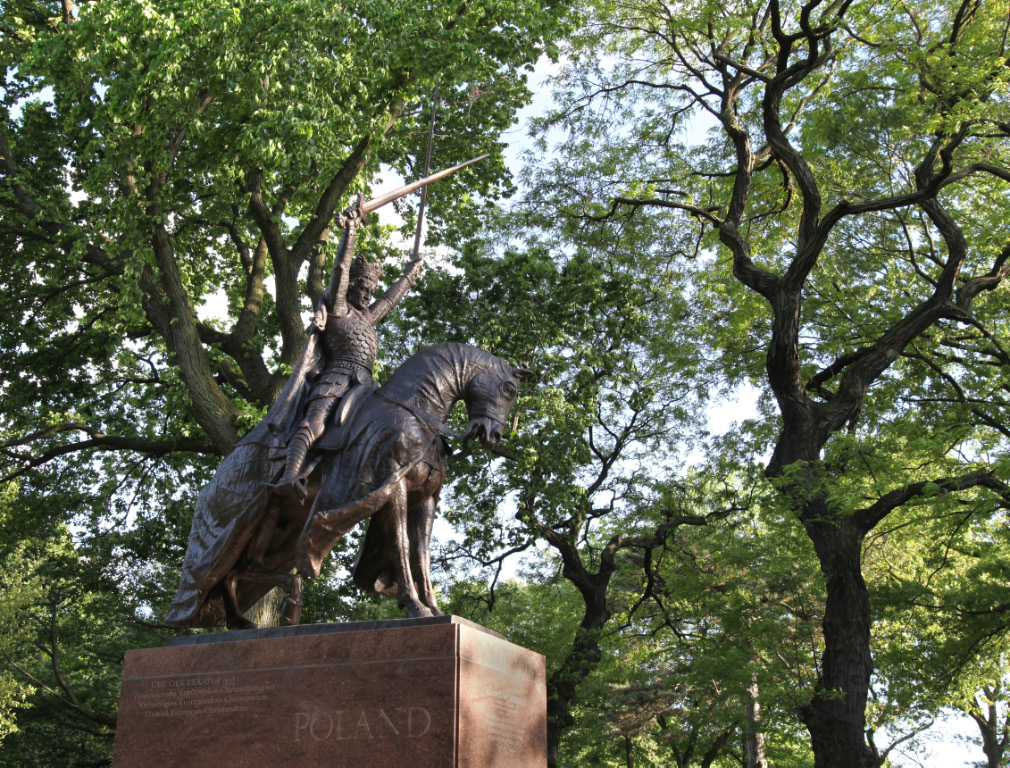 |
Grand Duke of Lithuania Władysław II Jagiełło
1362-1434, reigned Lithuania 1377-1434;
later also King consort (from 1386) and King (from 1399)
of Poland after his marriage and conversion to Christianity
under the leadership of his saintly bride
Queen (technically King) Saint Jadwiga
(*1373/4 – 17 July 1399†)
Jagiełło was victor over the Teutonic Order
- fellow Catholic Christians ... lovely -
at the 15 July 1410 Battle of Grunwald.
Monument in Central Park, New York City.
|
| |
|
|
|
|
| |
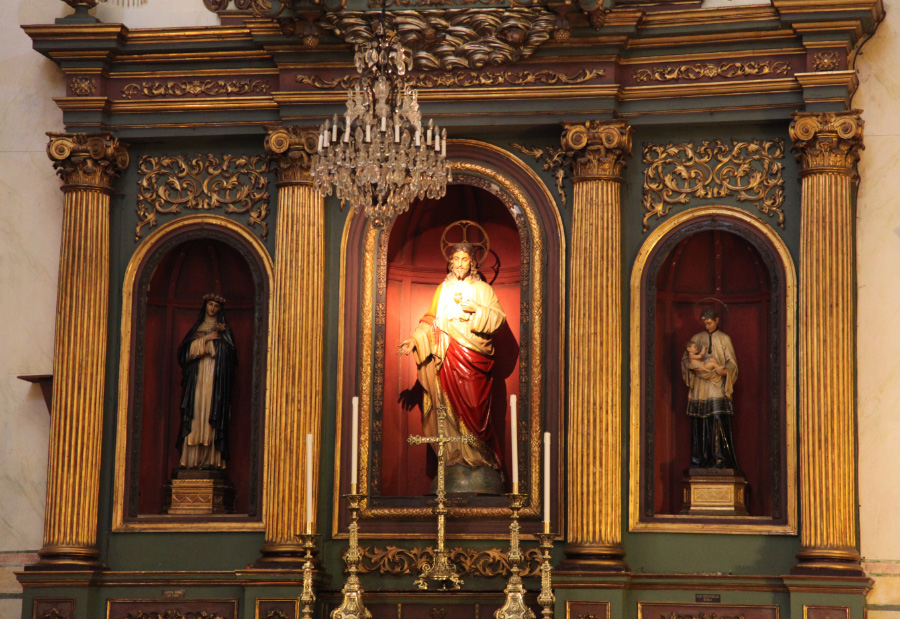 |
| |
Santa Rosa de Lima – Saint Rose of Lima, T.O.S.D. (* 20 April 1586 – 24 August 1617 †), the first Americas-born, canonized Catholic saint, patroness of the Americas and of indigenous people of the Americas depicted with the Lord and with Estanislao Kostka – Święty Stanisław Kostka (* 28 Październik 1550 , Rostkowo – Roma, 15 Agosto 1568 †) in the Catedral Metropolitana de Montevideo, Inmaculada Concepción y San Felipe y Santiago. |
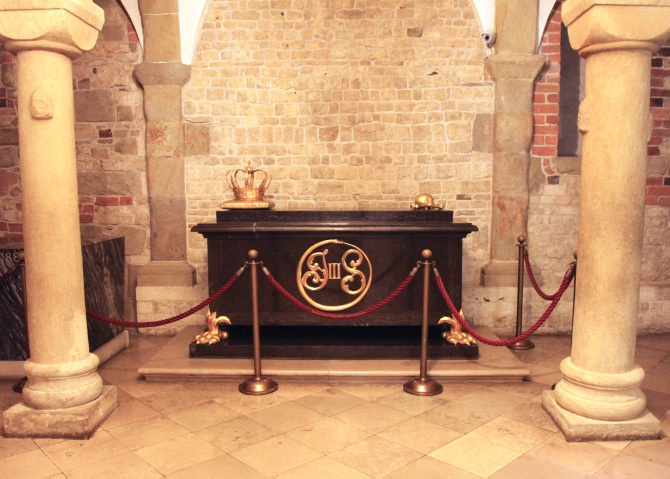 |
|
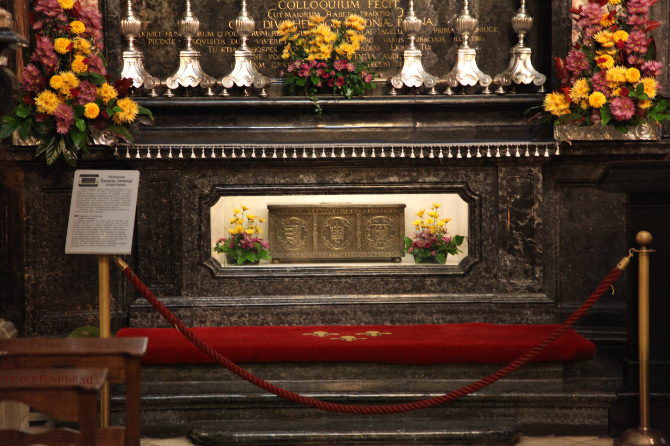 |
| In Wawel Cathedral crypt the tomb of King Jan III Sobieski. |
|
... the reliquary of a heroine of European Christendom and the Church Militant, Queen Saint Jadwiga. |
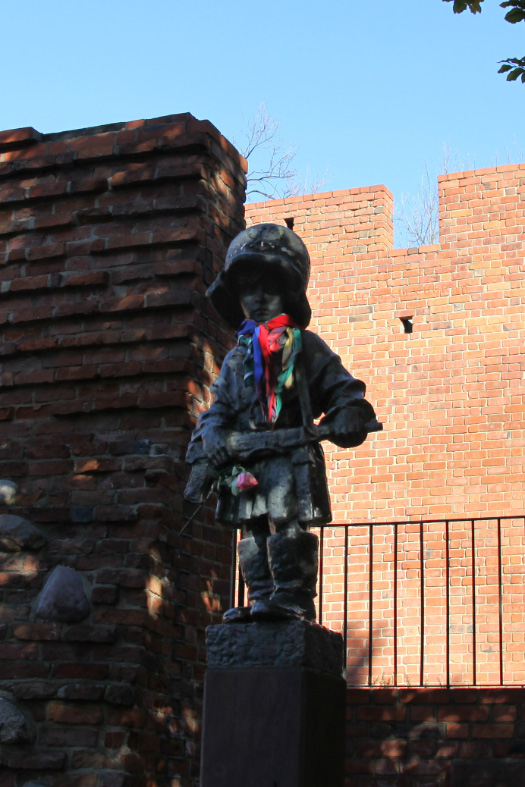 |
|
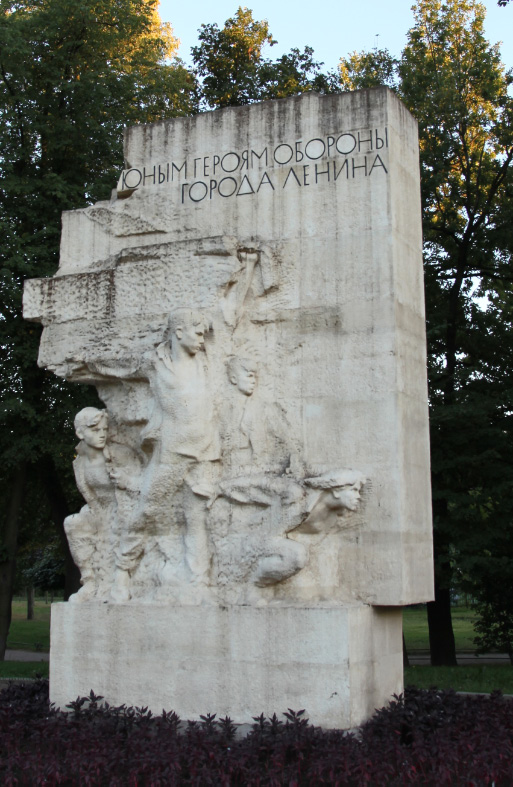 |
Mały Powstaniec w Warszawie, the rather famous "Little Insurgent" scupture in Warsaw, Communist Era by Jerzy Jarnuszkiewicz, celebrating the child soldiers of European Christendom, especially those helping us all to kill our brother Descendants of European Christendom.
Was it not great that the Polish colonels, such as Foreign Minister Józef Beck (in office, 2 November 1932 – 30 September 1939) refused Hitler's extraordinarily restrained demands for the return of the 95%-German city of Danzig to Germany, together with some limited extraterritorial rights of way across the "Polish Corridor," until recently German Pomerelia. Of course the Polish political leadership was emboldened by Neville Chamberlain's 31 March 1939 War Guarantee — this, not the endlessly referenced "Appeasement" being Chamberlain's and the British real crime, having neither the means nor the intention of actually coming to Poland's aid. United States President Franklin D. Roosevelt also played a decisive role in causing this Catastrophe of Christendom, Phase II of our Great Civil War, 1914-1945. Roosevelt had been made aware of the "secret protocol" of the Molotov–Ribbentrop Pact, and the fact that Poland would be facing not only the Wehrmacht but also the Red Army. Had they known, would the Polish political leadership still have been as stupid, going into a war which cost (in addition to their 3 million Jews, which murders were deemed desirable and made possible by total-wartime conditions), and an even larger number of millions of Polish Catholics — and 50 millions of other Descendants of European Christendom — all in a futile attempt to retain a Danzig–Gdansk that Poland should not have had in the first place? For this died little Antek ... for nothing. |
|
Таврический Сад – Tauride Ogród – celebrating more of our child soldiers, these in Saint Petersburg, Russia, killers and casualties for the "heroic cause" of the commissars of atheist Communism combating Christendom.
|
|
|
|
| |
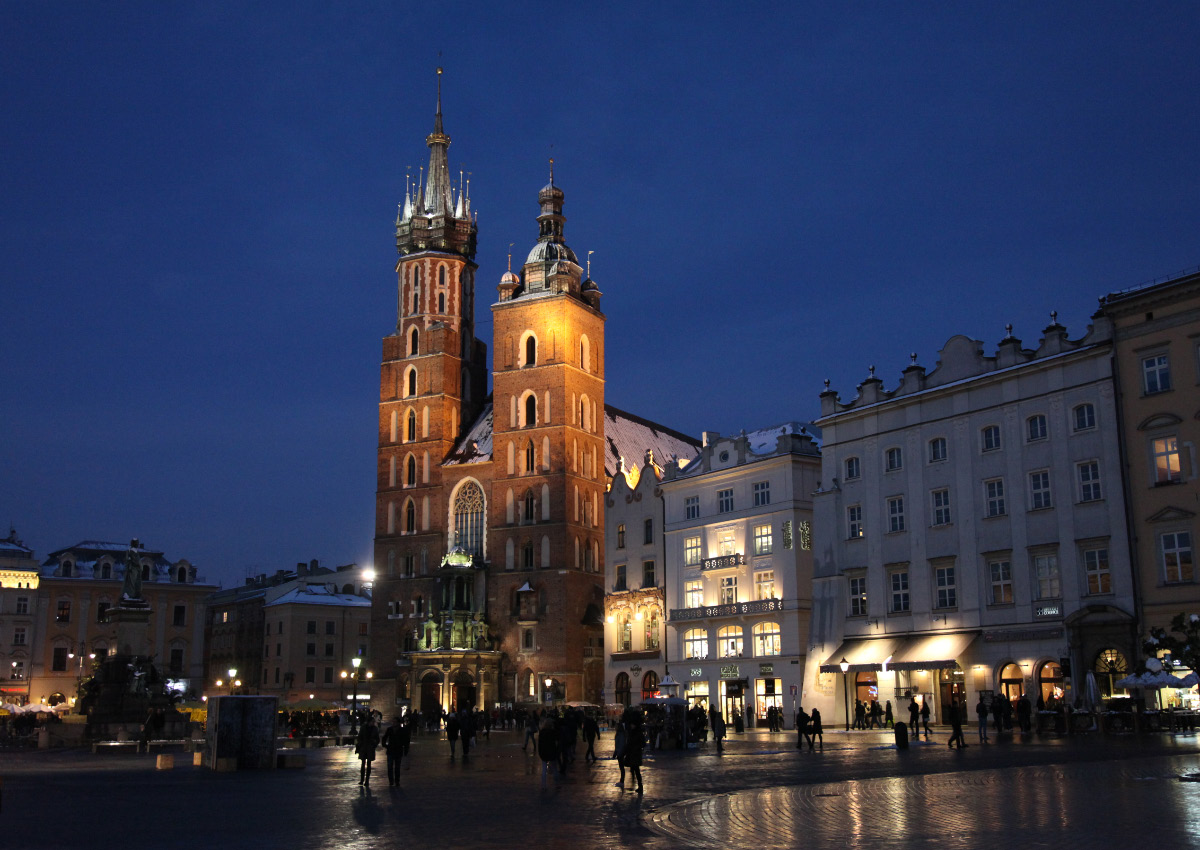 |
|
| |
|
|
| |
Kościół Archiprezbiterialny Wniebowzięcia Najświętszej Maryi Panny – Kościół Mariacki – Basilica Church of the Assumption of the Blessed Virgin Mary |
|
| |
Here at dusk in Kraków on 28 X 2012, this beautiful gem impresses and transports no matter how often one has previously seen her. After being destroyed with the rest of the city in the Mongol Invasion of 1241, this 14th century Polish Cathedral Gothic Church so exquisitely adorns Kraków's Rynek Główny – Main Market Square, the largest of medieval European Christendom. Every hour on the hour a trumpeter has for centuries played the Hejnał Mariacki, breaking off in mid-tune, to commemorate the so immortalized 13th century trumpeter who was shot in the throat while sounding the alarm before the Mongol attack on the city. |
|
| |
|
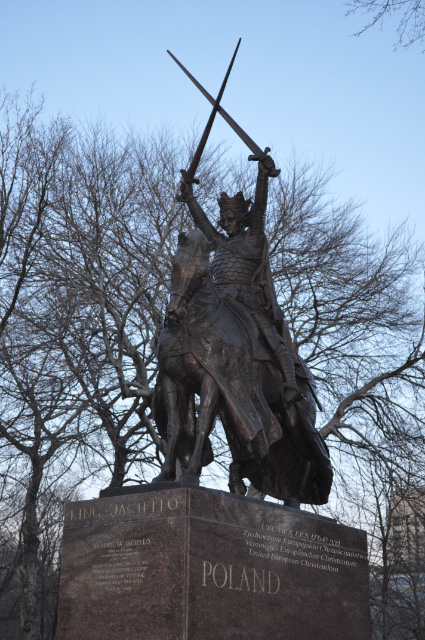 |
| |
|
|
| |
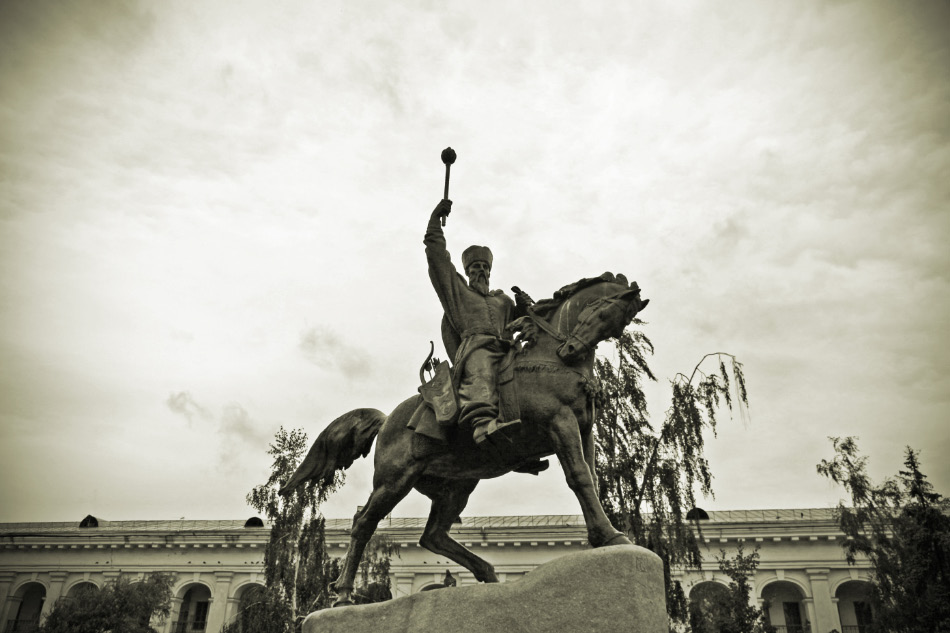 |
|
| |
Петро Конашевич-Сагайдачний – Petro Konashevych-Sahaidachnyi – Piotr Konaszewicz-Sahajdaczny – Пётр Конаше́вич-Сагайда́чный
(* c. 1582 in Kulchytsy – 20 March 1622 in Kyiv †) Konashevych-Sahaidachnyi was Hetman of the Ukrainian Zaporozhian Cossacks from 1616–1622.
One of the more controversial men featured on these pages, as he and his men sided with the Catholics of the Polish-Lithuanian Commonwealth
in their invasion of Moscovy in 1618, though he later repented of the ugly excesses of the Cossacks he commanded, if excesses
is a word which can be used in a description of a war which never should have occurred, and which might not have occurred if the
Catholic Church and the Orthodox Churches were united as the Orthodox-Catholic Church as they should be. Still we will remember here
his and his men's heroic struggles, on land and sea, against the aggressions of the Muslim Crimean Tatars and the Muslim Turks
and their murderous and rape-filled trade in enslaved captured Christians. Part of this struggle within the Anti-Turkish Holy League
of the Polish-Lithuanian Commonwealth and the Cossacks was the monumental Battle of Khotyn (Chocim) – Битва під Хотином
(2 September 1621 to 9 October 1621), in which c. 60,000 Christians forced c. 150,000 Muslim Turks to abandon their siege. |
|
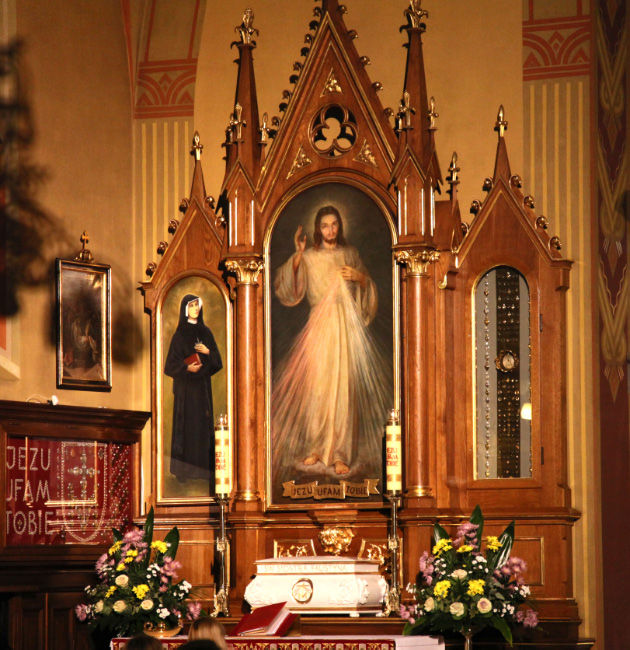 |
|
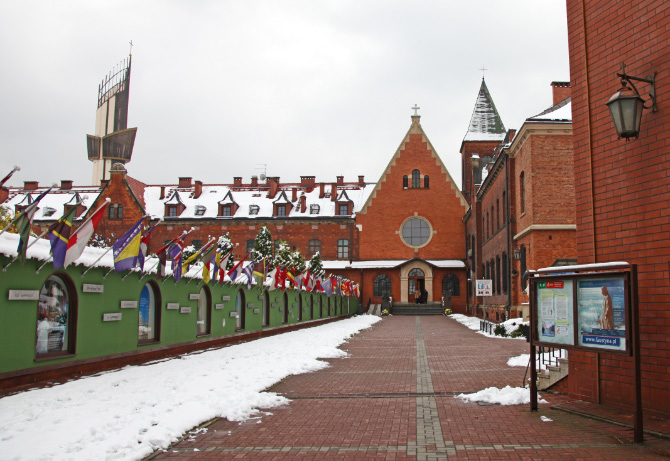 |
Jezu Ufam Tobie
|
|
Sanktuarium Bożego Miłosierdzia w Krakowie-Łagiewnikach
|
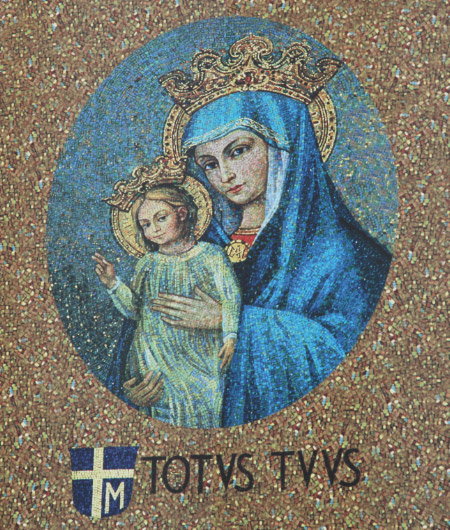 |
|
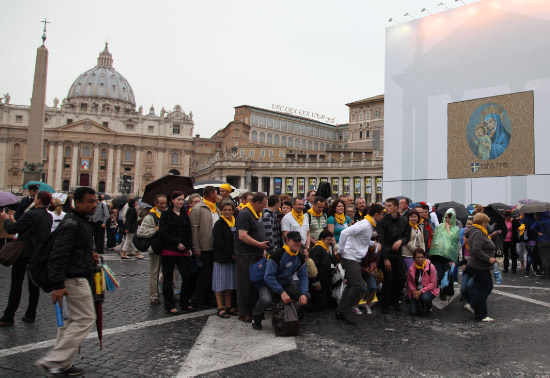 |
|
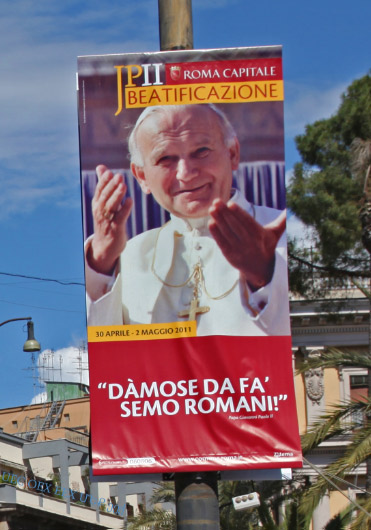 |
| |
|
... and on 2 May 2011 |
|
Beatyfikacja najsłynniejszego Syna Polski, 1 Maja 2011 roku w Rzymie |
| |
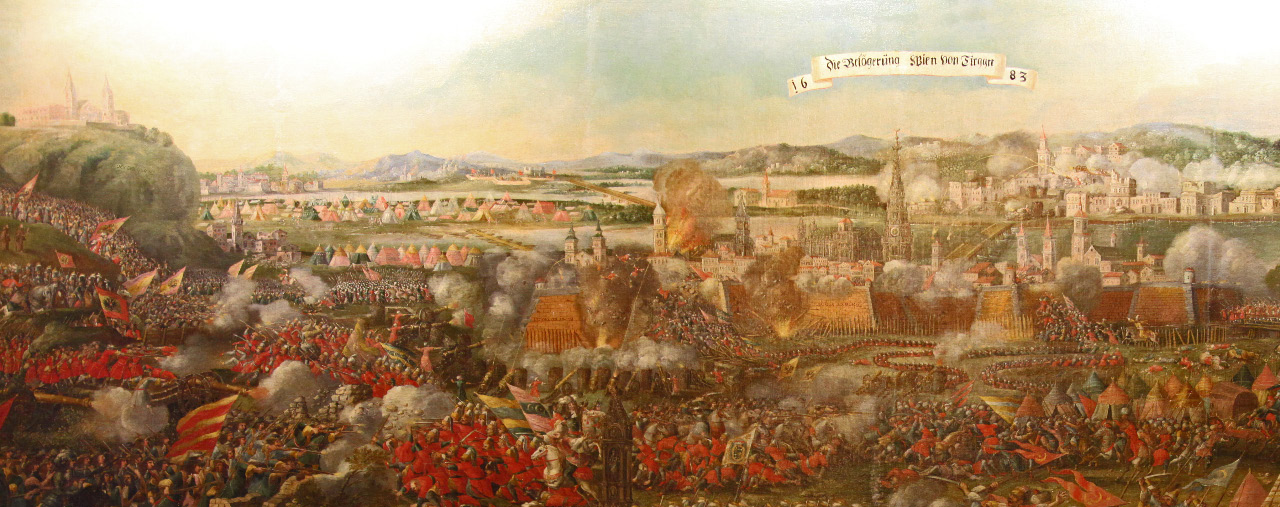 |
|
| |
Antemurale Christianitatis – Bulwark of Christianity |
|
|